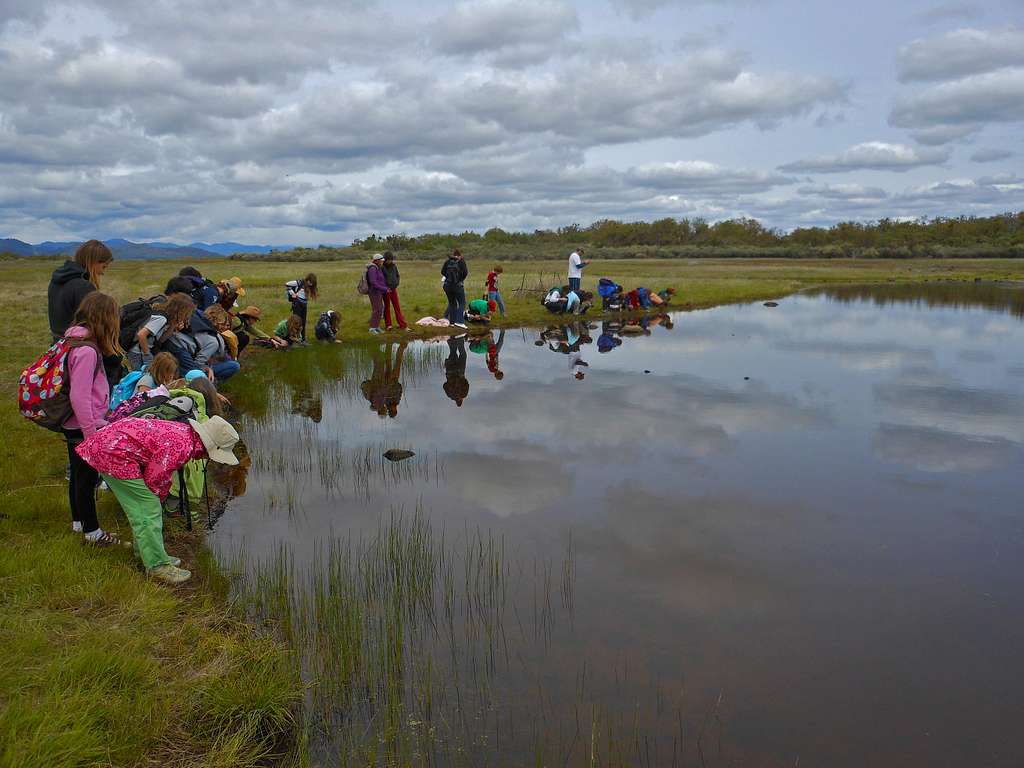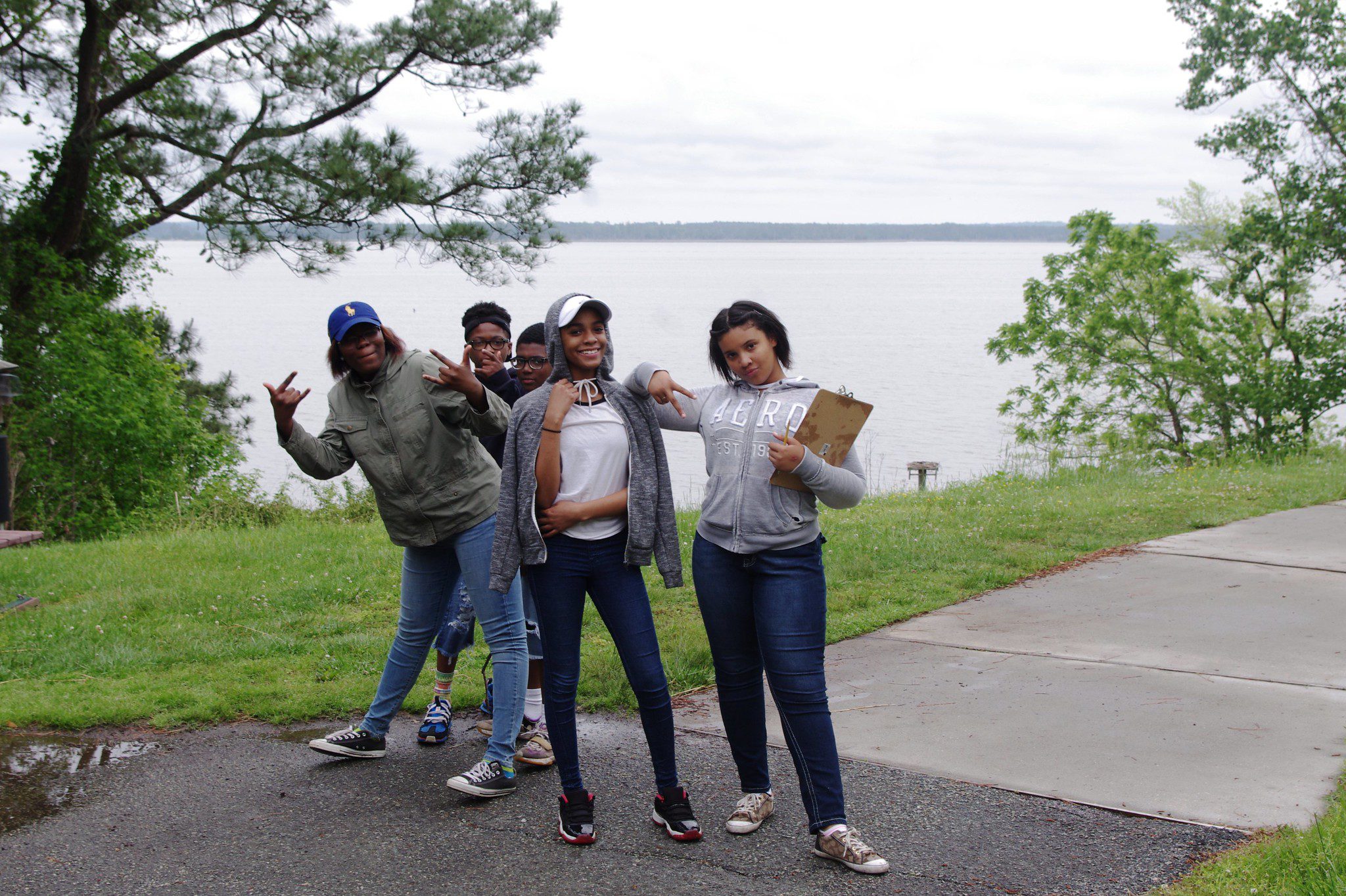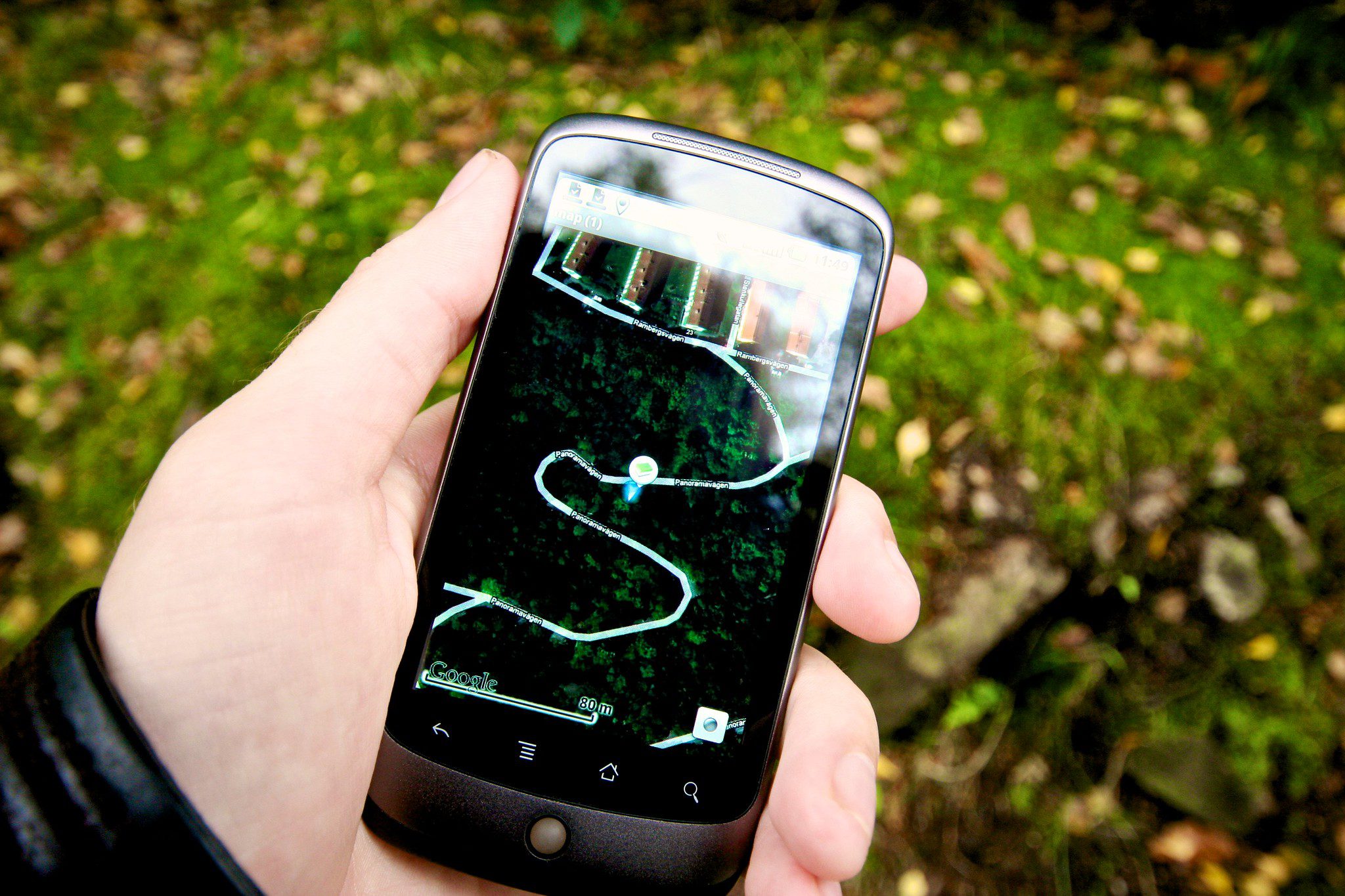In our last post, we provided an overview of outdoor education and its many benefits. But you may be left feeling lost as to how to actually take your class outside. Here are some practical tips that can support you in breaking free of your classroom walls for outdoor activities for all ages.
Ten Tips and Tricks to Teaching in Nature
1. Plan ahead for teaching outdoors
It’s a good idea to scout the general outdoor area of where you are taking your students in order to be aware of any potential hazards like poison ivy, barbed wire, broken glass, etc. Also make sure that the students and their parents/guardians know in advance what to bring/wear so that they can be prepared for the weather and the day’s outdoor lessons.

2. Avoid distractions
When picking your location(s), think about potential distractions that might derail learning. It is best practice to avoid high pedestrian traffic areas as well as areas that might be too wet or have limited shade. Too much sun, wet shoes, and strangers walking by are all major distractions during outdoor schooling, as well as safety concerns for students.
3. Think place-based for successful outdoor education
Every location has its own magical flora and fauna to explore. Make sure to center your nature lesson plans on the places where your students live. Take time to help your students connect with the natural world most familiar to them and help them discover parts of it they never knew existed.
4. Pack conscientiously for outdoor schooling
Make sure to have any materials packed and ready to go beforehand, and really think ahead about what is going to be practical for the outdoor space you’re teaching in. Waterproof, durable, and/or easy-to-replace items are almost always best when it comes to teaching outdoors.
5. Set rules and boundaries for children’s outdoor activities
Set simple and straightforward expectations for your students so that you can safely enjoy your time together in nature. Whether it’s to stay on the trail, always have a buddy, or to drink water frequently, having clearly communicated guidelines is a prerequisite to any successful outdoor learning. Of course, outdoor activities for 3-5-year-olds will have different guidelines than outdoor activities for 10-year-olds or 16-year-olds, so keep them age-appropriate.

6. Teach science
Encourage students to take on the role of a scientist and to observe, investigate, and ask questions about what they’re seeing around them! Emphasizing the work of scientists in nature can help to distinguish your nature lesson from recess time, making it easier to slow down and stay calm and quiet while learning outdoors.
7. Don’t give all the answers
Try to refrain from immediately answering students’ questions. Instead, encourage them to figure it out on their own first, whether it’s by utilizing their own senses, nature ID guides, or their classmates. While this can be hard to stick to, it allows students to gain confidence and grow as nature explorers. It’s also helpful when you don’t know the answer yourself!
8. Allow time for wandering
Set aside time for your students to wander off in pairs or small groups to explore the outdoor space on their own. This will help ignite their curiosity and increase their motivation to learn. Make sure to set clear boundaries on where they are allowed to go and to have a system in place to call them back. It can be as simple as a wolf howl or a loud whistle to let them know it’s time to rejoin as a group.
9. Utilize technology outdoors

This may seem counterintuitive, but using technology while in nature can add a great deal to your lessons. Plus, it can be a helpful tool in motivating technology-driven kids to go outside! Teaching your kids how to use GPS while geocaching or using the free Merlin app to help ID birds are both great ways to incorporate technology into a nature classroom.
10. Be open to changes
A lot of planning goes into taking classes outside, but it is vital that you be willing to go with the flow once you get there. If your students become really fascinated or focused on one aspect of a lesson plan, then let them stay there and explore it. There is no need to rush through activities in order to try and fit them all in. Allow for tangents and student led exploration — it will be worth it!
Getting your students outside and exploring the world around them is so important! With these helpful tips and tricks for outdoor education in your back pocket, you can go with confidence into the great outdoors. And you’ll know that you’re helping your students form fundamental connections with the natural world through whatever outdoor activities you choose.
Image credits: Marsh field trip (Table Rocks Environmental Education is Public Domain); Students on waterfront trail (Chesapeake Experience Field Education by Virginia State Parks is licensed under CC BY 2.0); Geocaching (Geocaching by Johan Larsson is licensed under CC BY 2.0)




